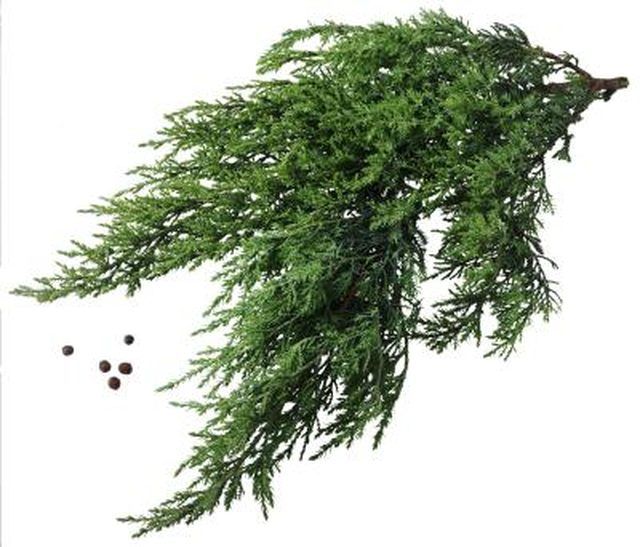Bulbs
Flower Basics
Flower Beds & Specialty Gardens
Flower Garden
Garden Furniture
Garden Gnomes
Garden Seeds
Garden Sheds
Garden Statues
Garden Tools & Supplies
Gardening Basics
Green & Organic
Groundcovers & Vines
Growing Annuals
Growing Basil
Growing Beans
Growing Berries
Growing Blueberries
Growing Cactus
Growing Corn
Growing Cotton
Growing Edibles
Growing Flowers
Growing Garlic
Growing Grapes
Growing Grass
Growing Herbs
Growing Jasmine
Growing Mint
Growing Mushrooms
Orchids
Growing Peanuts
Growing Perennials
Growing Plants
Growing Rosemary
Growing Roses
Growing Strawberries
Growing Sunflowers
Growing Thyme
Growing Tomatoes
Growing Tulips
Growing Vegetables
Herb Basics
Herb Garden
Indoor Growing
Landscaping Basics
Landscaping Patios
Landscaping Plants
Landscaping Shrubs
Landscaping Trees
Landscaping Walks & Pathways
Lawn Basics
Lawn Maintenance
Lawn Mowers
Lawn Ornaments
Lawn Planting
Lawn Tools
Outdoor Growing
Overall Landscape Planning
Pests, Weeds & Problems
Plant Basics
Rock Garden
Rose Garden
Shrubs
Soil
Specialty Gardens
Trees
Vegetable Garden
Yard Maintenance
Are Cedar & Juniper Berries the Same?
Are Cedar & Juniper Berries the Same?. Plants in the botanical genus Juniperus carry common names of both juniper and cedar. If the botanical identities of the juniper and cedar in question are both in genus Juniperus, their fleshy female cones or "berries" are the same.

Plants in the botanical genus Juniperus carry common names of both juniper and cedar. If the botanical identities of the juniper and cedar in question are both in genus Juniperus, their fleshy female cones or "berries" are the same.
Types
Sprawling or upright ornamental shrubs often found in gardens, junipers bear bluish-black berries in fall and winter. Cedar trees, such as Juniperus virginiana, also bear these aromatic, soft berries on branch tips. True cedars, in genus Cedrus, do not produce similar cones. Cedrus cones are firm, upright, and the shape and size of poultry eggs.
Features
Juniper and cedar plants in genus Juniperus bear male and female cones on separate plants. Only female plants bear the berries. Each female berry contains one to 10 seeds. Berries persist on branches for two to three years.
Fun Fact
The berries from the common juniper, Juniperus communis, are crushed and used to flavor gin. The scented oils in cedar tree berries and foliage supply the fragrance used in items marketed as having a pine scent.